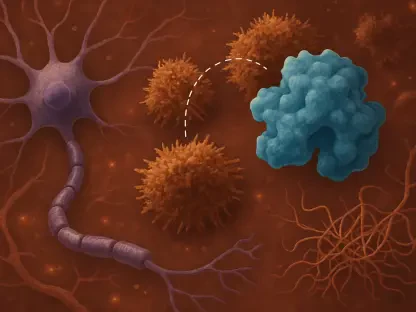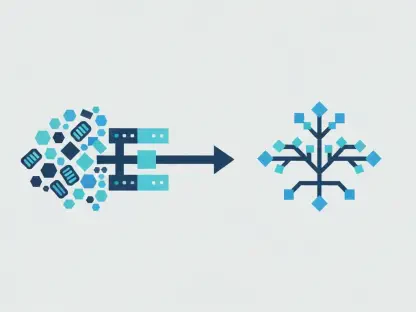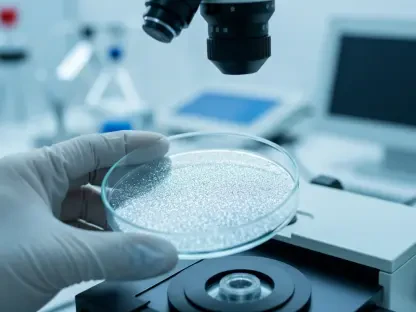I’m thrilled to sit down with Ivan Kairatov, a leading biopharma expert with extensive experience in research and development, particularly in the intersection of technology and innovation in the industry. Today, we’re diving into groundbreaking insights on how T cells, crucial players in our immune system, utilize glucose not just for energy but to enhance their cancer-fighting abilities. Our conversation explores the intricate relationship between cellular metabolism and immune response, shedding light on potential advancements in cancer treatment.
Can you start by explaining what T cells are and why they’re so critical in the fight against cancer?
Absolutely. T cells are a type of white blood cell that play a central role in our immune system. They’re like the body’s security guards, constantly scanning for threats like infections or abnormal cells, including cancer. What makes them so vital in combating cancer is their ability to recognize and destroy malignant cells directly. They can latch onto specific markers on cancer cells and trigger a cascade of responses to eliminate them. It’s a highly targeted approach, and when functioning optimally, T cells can be incredibly powerful in controlling tumor growth.
How does glucose come into play with T cells, beyond just being a source of energy?
That’s a great question. For a long time, we thought glucose was primarily a fuel source for T cells, something they burned for energy to keep going. But recent research has shown it’s much more than that. Glucose is actually a building block for critical molecules within T cells. It’s used to construct complex structures that enhance their function, particularly in how they communicate internally and mount an attack on cancer. This discovery shifts our perspective—it’s not just about keeping the engine running; it’s about equipping T cells with the right tools to fight.
You’ve mentioned glycosphingolipids, or GSLs, in relation to glucose. Can you tell us what these are and why they matter for T cells?
Sure, glycosphingolipids, or GSLs, are specialized molecules made of sugar and fat that T cells synthesize using glucose. They’re essential for T cell growth and for producing proteins that help in the battle against cancer. Think of GSLs as key components of the T cell’s outer layer—they help organize the cell surface in a way that boosts its ability to send and receive signals. Without these molecules, T cells wouldn’t be as effective in coordinating their attack on tumors. They’re really a cornerstone of the immune response.
Another fascinating aspect is lipid rafts on T cell surfaces. Could you break down what these are and how they contribute to fighting tumors?
Lipid rafts are small, fat-rich patches on the surface of T cells, and they act like command centers. They’re formed with the help of GSLs and serve as platforms where signaling proteins come together. These proteins are crucial for instructing T cells to target and destroy cancer cells. When everything is working right, lipid rafts amplify these signals, making the T cells more precise and powerful in their attack. If these rafts aren’t properly formed, the signals get muddled, and the T cell’s ability to take down tumors is significantly weakened.
What happens to T cells if they don’t have enough glucose or can’t produce GSLs?
When T cells lack sufficient glucose, it’s like cutting off their supply line. They not only lose the energy needed to function but also the raw materials to build GSLs. Without GSLs, the structural integrity of lipid rafts suffers, and the signaling pathways that tell T cells to attack cancer cells become ineffective. The result is a diminished immune response—basically, the T cells can’t mount a strong enough offense against tumors. It’s a double hit: less energy and less ability to communicate and fight.
Your research suggests the environment around T cells greatly impacts their performance. Can you elaborate on what environmental factors are most influential?
Definitely. T cells don’t operate in a vacuum; their surroundings play a huge role in how well they function. Nutrient availability, like access to glucose, is a big one. But it’s also about the biochemical milieu—things like oxygen levels, the presence of other immune signals, and even competition with cancer cells for resources. Tumors often create a hostile environment, hogging nutrients and releasing substances that suppress immune activity. Understanding these dynamics helps us see why T cells might struggle in certain contexts and points to ways we can tweak the environment to support them better.
Looking ahead, how do you think these discoveries about glucose and T cells could shape future cancer treatments?
I’m really optimistic about the potential here. Knowing that glucose isn’t just fuel but a critical component for building cancer-fighting machinery in T cells opens up new avenues for therapy. We could develop strategies to enhance glucose uptake or optimize how T cells use it to produce GSLs. This might mean designing drugs or dietary interventions that boost T cell performance. Additionally, we could explore ways to disrupt cancer cells’ ability to compete for glucose, tilting the balance in favor of the immune system. It’s about amplifying the body’s natural defenses in smarter, more targeted ways.
What is your forecast for the future of immunotherapy based on these metabolic insights?
I believe we’re on the cusp of a transformative era in immunotherapy. By integrating metabolic insights—like the role of glucose in T cell function—we can refine treatments to be more personalized and effective. I foresee a future where we not only engineer T cells to be better killers, as we do with approaches like CAR-T therapy, but also fine-tune their metabolic environment to sustain their activity over time. Combining these strategies could lead to breakthroughs in tackling hard-to-treat cancers, and I’m excited to see how this field evolves in the next decade.









